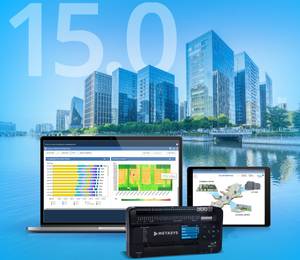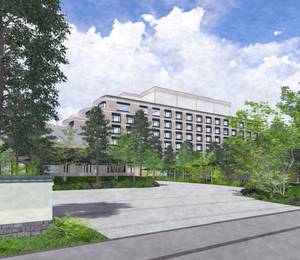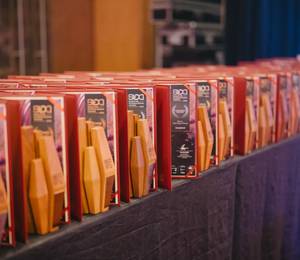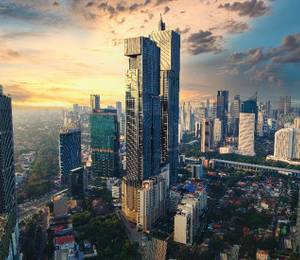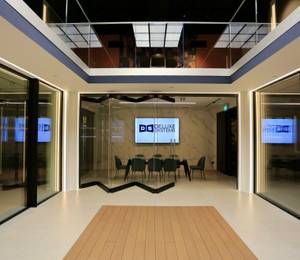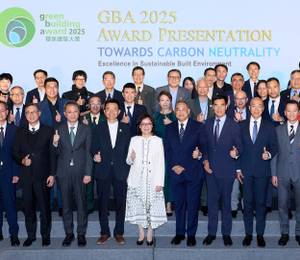Singapore – A new report from global design practice, BDP explores how intensifying underutilised development sites across Southeast Asia enables the design of high quality homes where people can age in place, in multi-generational communities.
Statistics from the United Nations show that by 2030, 60 percent of the world’s older population will reside in Asia. Additionally, in the last year, the Covid-19 pandemic has created a seismic shift in the care and wellbeing of the region’s older generations.
As we move towards recovery, global, interdisciplinary design consultancy, BDP has published an independent report which provides a framework for supporting the design and creation of greener, healthier, more equitable housing for older people in South East Asia.
‘Reimagining Age-Friendly Living’ considers how the design of more affordable houses and apartments that meet the physical and mental wellbeing requirements of older individuals would allow people to remain in their communities for longer, if not, for their entire lifetime.
Andrew Loke, Architect Director at BDP Singapore explained: “Rooted in Filial Piety, cultural expectations in almost all South East Asia nations are that older adults are cared for at home by their families and local communities. ‘Reimagining Age-Friendly Living’ considers the benefits of designing accessible purpose built multi-generational apartments within mixed use developments and how this could better support the changing health and wellbeing needs of older adults.”
“Our new report recognises the regional, socio-economic distinctions that affect age-related policies and changes to care systems and identifies a framework that supports smart design and construction techniques for all types of new homes. The key is to use underutilised spaces across the region to design places that fulfil the needs of an entire community and ensure everyone can live longer, better lives,” he added. “Physical and mental wellbeing has never been so important and the aim is to design and create places for a mix of uses but where people can feel comfortable that their needs are met as they grow older. We have the space – now is the time to start thinking holistically about how we create multigenerational and meaningful places that’s work for older people,” he concluded.
To read the report, visit www.bdp.com/age-friendly-living/

